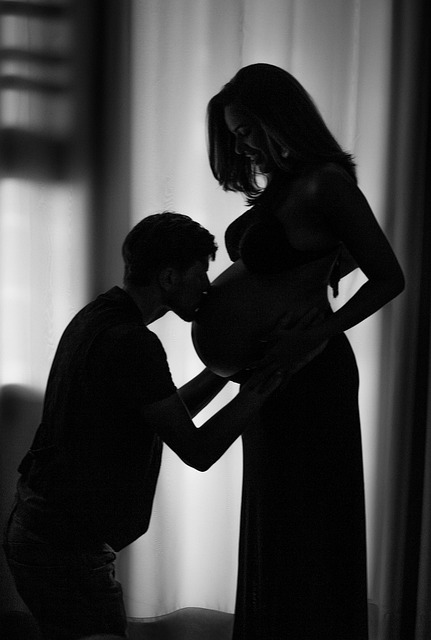There’s something undeniably charming about the sight of a child running around barefoot—whether it’s across a lush green lawn, along a sandy beach, or in their own backyard. Those tiny, bare feet represent a certain freedom and innocence, embodying the carefree spirit of childhood.
Of course, we can’t overlook the sheer cuteness of baby shoes. After all, there’s a reason why people once bronzed their little ones’ footwear. Have you ever laid eyes on a pair of toddler Timberlands? Absolutely adorable.
However, research suggests that allowing our children to go shoeless as much as possible is far more beneficial for their development. Experts indicate that being barefoot positively impacts both foot and brain development. Think about it: for most of human history, shoes were merely basic coverings, designed to keep our feet warm and protected. There’s no evolutionary justification for high heels or overly supportive footwear. Our feet are naturally designed to help us navigate our environment without the need for fancy shoes.
In fact, excessive shoe-wearing during early childhood may contribute to various foot issues. Studies have linked the early use of shoes, particularly those that are closed-toed, to conditions like flat-footedness. A significant study published in 2008 in Gait & Posture found that children should wear flexible footwear rather than traditional shoes. Moreover, research has shown that shoes can lead to improper walking patterns in kids.
This is reassuring news for parents whose children prefer to run around barefoot or frequently kick off their shoes. Not only is it safe for them, but it’s also beneficial. Historically, humans had healthier feet before the advent of modern footwear, which has disrupted our natural walking patterns and foot development. The more time children spend barefoot, the greater the advantages for their feet.
Of course, for many families, the idea of going barefoot can feel foreign. Many live in colder climates where shoes are a necessity for much of the year, and fashion often dictates our footwear choices. Nevertheless, we should embrace the idea of letting our children channel their inner primal selves. Some parents might hesitate to let their kids roam without shoes due to injury concerns. However, as kids spend more time barefoot, the skin on their feet thickens, providing better protection. Unless there’s a high risk of sharp objects like hypodermic needles or broken glass, allowing them to be shoeless outdoors—especially in your own yard—is perfectly safe.
For infants and toddlers, exploring the world with bare feet also provides valuable sensory stimulation, aiding in brain development. The feet are rich in nerve endings, and allowing kids to feel different textures and surfaces can enhance their awareness of their surroundings, improve balance and coordination, and build neuromuscular strength.
So, if your kids want to play like cavemen, let’s encourage it! Feet can be cleaned—there’s no need for worry. By permitting our children to pad around barefoot, we create those picturesque moments of childhood that we all cherish. Our kids will benefit, and so will we, as we enjoy watching them in their most natural, adorable state.
For more insights, you might want to check out this article on couples’ fertility journeys or explore IUI as an excellent resource for pregnancy and home insemination.
Summary
Letting children go barefoot as often as possible is beneficial for their foot and brain development. Historical evidence shows that shoes can hinder natural foot growth and walking patterns. Encouraging kids to explore the world with bare feet enhances their sensory experiences, balance, and overall strength.
